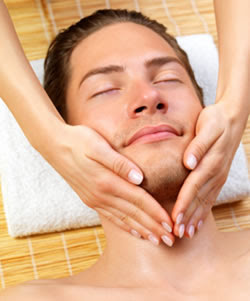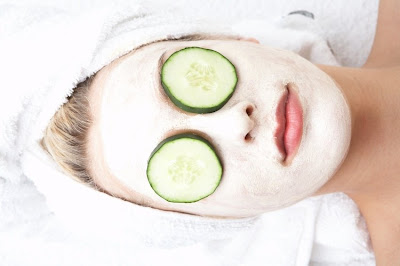In the skin care world a lot of clients see dots or red spots and immediately refer to it as acne. There are a few other skin conditions that can be misdiagnosed for acne when in reality they are not. Here are 3 and how to get rid of them.
Rosacea-
Why is it confused with acne?
Both acne and rosacea can bring about redness and whiteheads.
What does it look like?
Redness along the cheeks, nose and forehead with small whiteheads. Unlike acne there are also broken or dilated capillaries. (thread-like looking blood vessels, usually red or purple in color.) Sometimes accompanied with red bumps.
How do I treat it?
Visit a dermatologist or esthetician. Keep it under control with a combination of oral antibiotics and products that contain ingredients like azelaic acid and sometimes even retinoids. Lasers, like IPL can help strengthening the blood vessels. Use of sensitive skin products help. Also avoid drinking, caffeine, smoking or being in extreme heat, as these can trigger a rosacea breakout.
Milia-
Why is it confused with acne?
Milia, which have some genetic component to them, disguise themselves as whiteheads. In the spa where I work, a lot of people mistake these as pimples and try to extract them themselves, which ends up to lots of picking at, and eventually scarring because milia are very hard to pop.
What it looks like?
Small white bumps with trapped dead skin cells, sometimes with oil, beneath the surface of the skin- sunscreen can often be to blame. Popping them is useless, and most of the time nothing will come out. Darn buggers.
How do I treat it?
Its best to leave these little guys to the professionals. Your aesthetician or dermatologist will use a tool to open the lesion and express the contents out. Regular exfoliation may prevent them from forming. EXFOLIATE. EXFOLIATE. EXFOLIATE. And use a non-oily sunscreen.
Folliculitis -
Why is it confused with acne?
Folliculitis, which is more common in men, (sorry boys, we have to give birth), is an inflamed bacterial infection of the hair follicle that usually occurs in the face, scalp and legs. Its usually more prevalent in males because of the beard area and shaving. This can make the symptoms worse.
What does it look like?
An extremely red and inflamed pimple or whitehead that is unresponsive to anti-acne treatments.
How do I treat it?
Folliculitis usually subsides with anti-yeast drugs like diflucan. Actually, within one week of using, skin clears up dramatically. Majority of folliculitis are bacterial. Men should use caution while shaving and should go to a dermatologist to receive the medication.
Its always a good idea to get self diagnosed acne checked out by an esthetician or dermatologist. They will give you future skin care reccomendations and further assist you in the process of treatment.



































